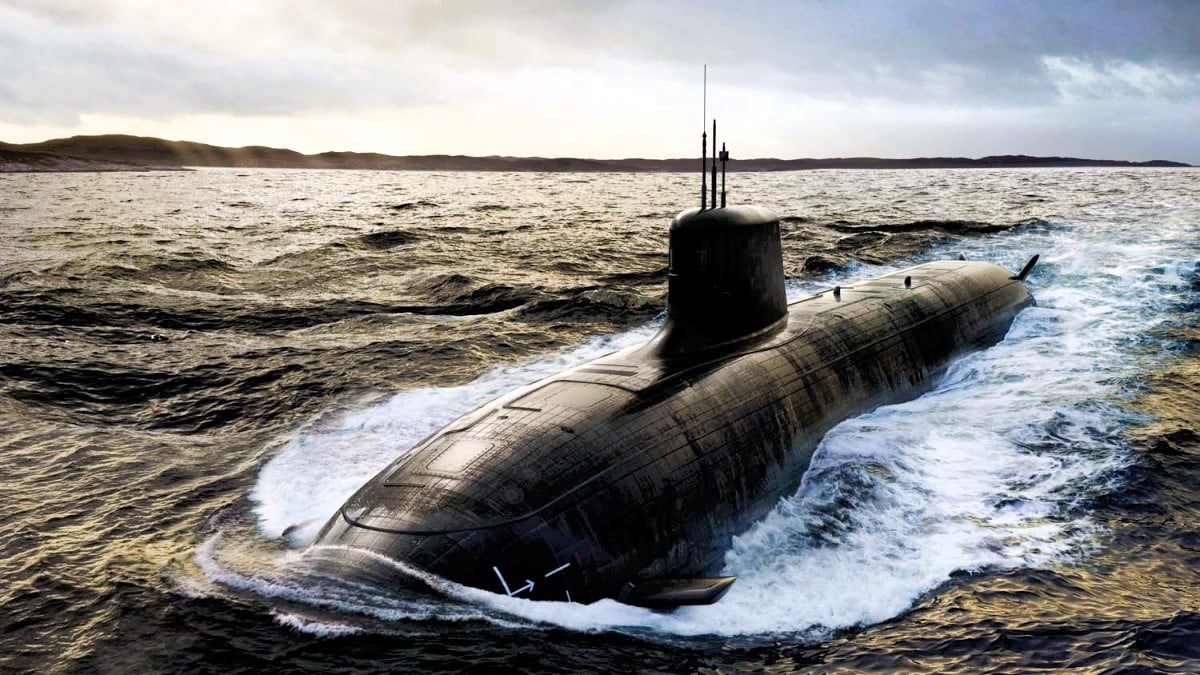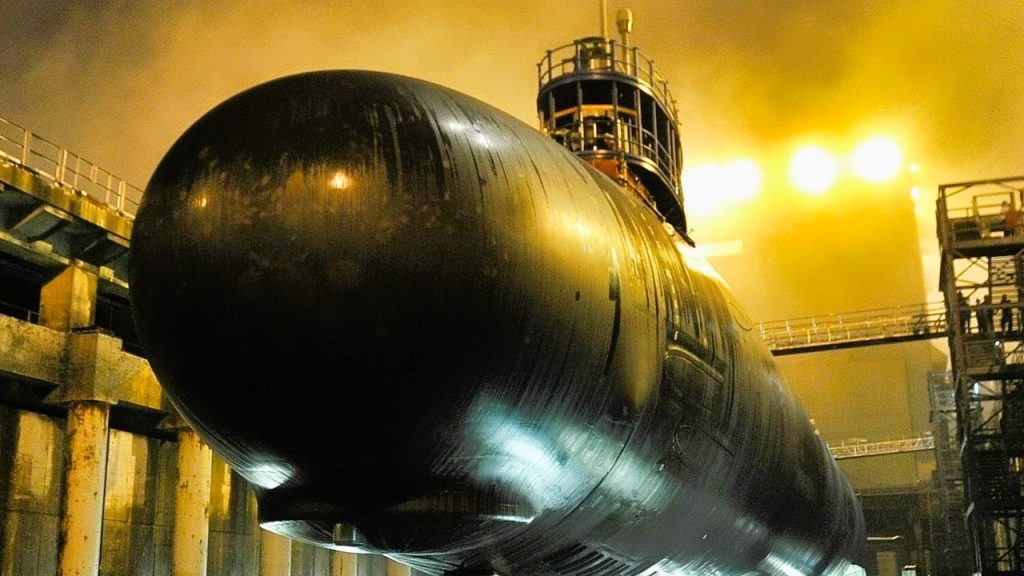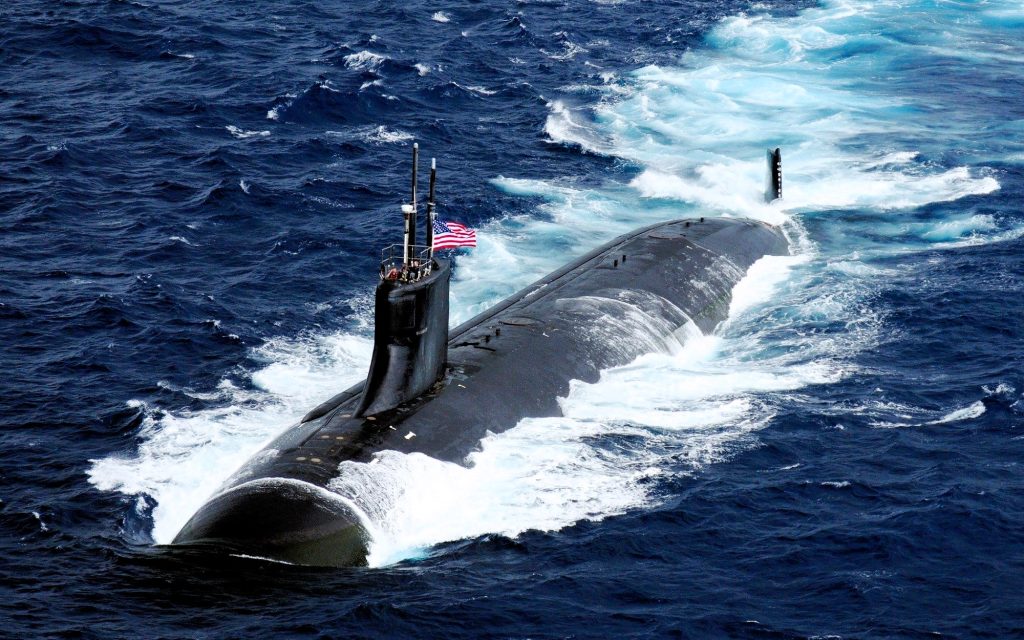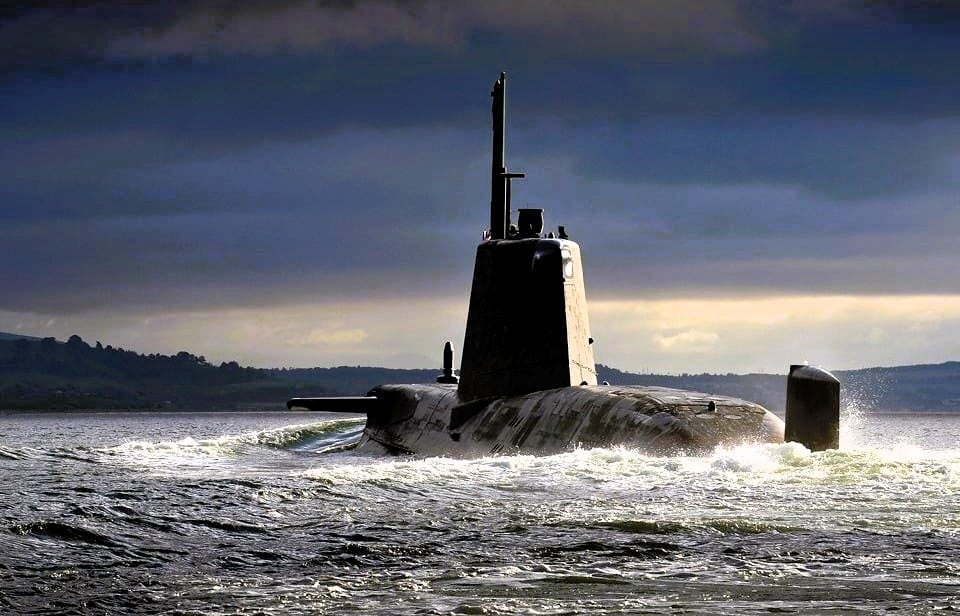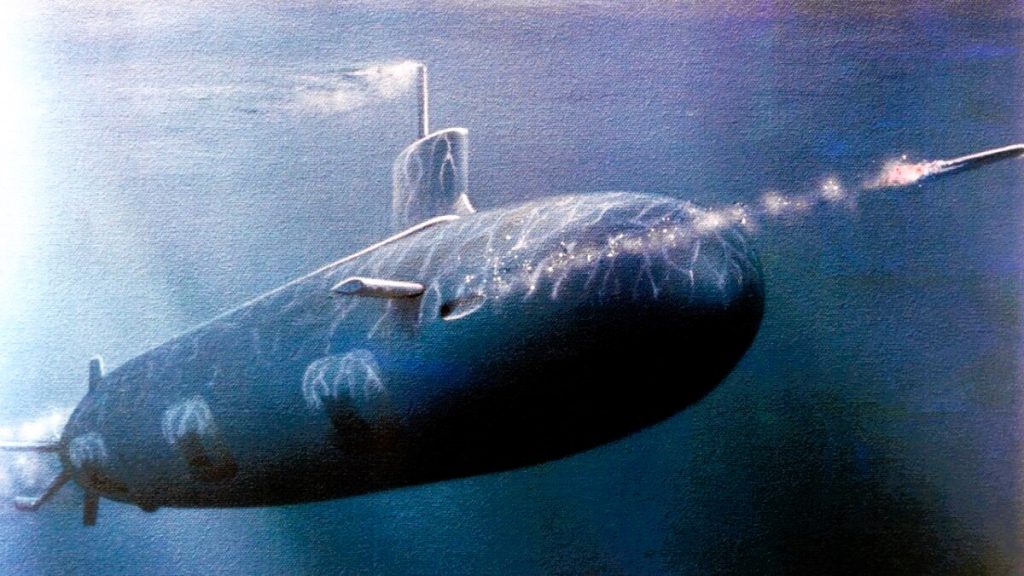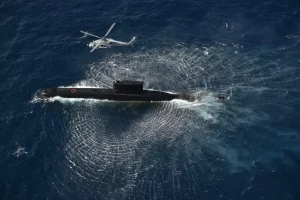In the realm of modern naval warfare, the role of attack submarines stands paramount. These vessels, designed to engage in combat against other ships and submarines, are pivotal assets in any nation’s defense strategy. Among the numerous attack submarines deployed worldwide, five classes have distinguished themselves as the epitome of technological advancement, strategic capability, and operational excellence. This article delves into the specifications, innovations, and strategic implications of each, highlighting why they are considered the best of the best in today’s submarine warfare landscape.
Understanding Attack Submarines
Before exploring the specific classes, it’s crucial to understand the distinction between attack submarines and other types, such as ballistic missile submarines (SSBNs). While SSBNs are primarily designed for nuclear deterrence with their long-range ballistic missiles, attack submarines are versatile platforms meant for various offensive and defensive roles. They are equipped to engage enemy vessels, conduct reconnaissance, support special operations, and in some cases, launch land-attack cruise missiles. This versatility makes them indispensable components of modern naval fleets.
Project 945A Kondor Class – Sierra II
The Sierra II Class, designated as Project 945A Kondor, represents a pinnacle of Soviet engineering during the Cold War era. Known for their formidable capabilities in hunting down adversary submarines, these vessels featured titanium twin-pressure hulls. This innovative design not only enabled deeper dives but also reduced acoustic signatures, enhancing stealth capabilities crucial for evading detection and surviving in hostile waters.
Powered by a single OK-650 pressurized water reactor generating 190 MW, the Sierra II submarines boasted superior speed and diving capabilities compared to their American counterparts of the time. Although only two submarines of this class, Pskov and Nizhny Novgorod, were completed, their impact on submarine warfare doctrine was significant. The Sierra II’s potential to disrupt enemy naval operations remains a testament to Russian engineering prowess.
Project 885 Yasen – Severodvinsk
Russia’s Yasen-class submarines, known by the NATO reporting name Severodvinsk, embody a leap forward in submarine technology and capability. Originally conceived as successors to the aging Akula-class, these multipurpose submarines underwent a tumultuous development history due to financial constraints following the collapse of the Soviet Union. However, their eventual commissioning marked a resurgence in Russia’s submarine warfare capabilities.
Equipped with advanced weaponry including Kalibr-PL and Oniks cruise missiles, as well as the latest Tsirkon hypersonic missiles, the Yasen-class is designed for both anti-ship and land-attack missions. With ten vertical launch silos and state-of-the-art acoustic and electronic warfare systems, these submarines exemplify Russia’s commitment to maintaining a robust naval deterrent in the modern era.
5 Best Submarines in the World 2024
Astute-class
The Astute-class attack submarines of the Royal Navy represent a paradigm shift in submarine design and technology. Developed entirely using 3D computer-aided design (CAD), these nuclear-powered submarines are renowned for their stealth and operational versatility. Unlike traditional periscopes, the Astute-class employs advanced video technology for panoramic surveillance, enhancing situational awareness and operational effectiveness.
Each Astute-class attack submarine is equipped with over 39,000 acoustic tiles that minimize sonar detection, allowing for silent operation crucial in both offensive and reconnaissance missions. Armed with Spearfish torpedoes and Tomahawk cruise missiles, these submarines possess formidable strike capabilities capable of projecting power across vast distances, thereby augmenting the UK’s strategic maritime posture.
Virginia-class
The Virginia-class attack submarines epitomize the United States Navy’s transition from Cold War-era strategic deterrence to contemporary littoral warfare capabilities. These submarines are designed to excel in a variety of missions, including anti-submarine warfare, intelligence gathering, and precision strike operations. Their modular design and advanced technologies enable rapid adaptation to evolving threats and operational requirements.
Equipped with a fly-by-wire ship control system and capable of carrying special operations forces, the Virginia-class submarines are optimized for littoral combat environments. The integration of the Virginia Payload Module (VPM) further enhances their strike capabilities, allowing for increased Tomahawk missile capacity and mission flexibility. These attack submarines represent a cornerstone of America’s naval superiority in the 21st century.
Seawolf-class
Designed during the Cold War to counter the threat of Soviet submarines, the Seawolf-class submarines are renowned for their technological sophistication and combat prowess. Featuring a modular design for future upgrades and enhancements, these submarines were envisioned to dominate undersea warfare with unparalleled speed, agility, and firepower.
Although originally planned for a larger fleet, only three Seawolf-class submarines were commissioned due to budget constraints and changing geopolitical dynamics post-Cold War. Nevertheless, their legacy as one of the most advanced attack submarines endures, showcasing innovations such as a double-deck torpedo room and advanced sonar systems. The Seawolf-class remains a benchmark for attack submarine technology, demonstrating the United States’ commitment to maintaining naval superiority.
Conclusion
The five attack submarine classes discussed – Sierra II, Yasen, Astute, Virginia, and Seawolf – represent the pinnacle of modern submarine warfare capabilities. Each class embodies unique technological advancements and strategic capabilities tailored to meet diverse operational requirements. As global maritime challenges continue to evolve, these submarines will play a crucial role in shaping naval strategies and maintaining deterrence in an increasingly complex geopolitical landscape.
FAQs
1. What is an attack submarine?
An attack submarine, also known as a hunter-killer submarine, is designed primarily for warfare against surface ships and other submarines. Unlike ballistic missile submarines (SSBNs), which focus on nuclear deterrence, attack submarines are versatile platforms capable of various offensive and defensive missions.
2. How were these submarines selected as the best?
The selection criteria for the best attack submarines considered factors such as technological innovation, operational capabilities, stealth features, armament, and overall impact on naval warfare doctrines. These submarines are recognized globally for their advanced systems and strategic value.
3. What are the distinguishing features of the Sierra II Class (Project 945A Kondor)?
The Sierra II Class submarines are notable for their titanium twin-pressure hulls, which enable them to dive deeper while reducing acoustic signatures. They were designed by the Soviet Navy to counter U.S. nuclear-powered ballistic missile submarines during the Cold War, showcasing exceptional speed and stealth capabilities.
4. What makes the Yasen-Class (Project 885) submarines stand out?
The Yasen-Class submarines, also known as Severodvinsk-class, are revered for their multi-role capabilities and advanced armament. They feature advanced long-range cruise missiles, including hypersonic Tsirkon missiles, and are equipped with state-of-the-art acoustic and electronic warfare systems, making them formidable adversaries in modern naval operations.
5. How does the Astute-class differ from other attack submarines?
The Astute-class submarines of the Royal Navy are distinguished by their use of 3D computer-aided design (CAD) for development, enhancing precision and efficiency. They incorporate advanced video technology instead of traditional periscopes, along with extensive acoustic tiling for reduced sonar detection. This class emphasizes stealth and strike capabilities with its arsenal of torpedoes and cruise missiles.
6. Why is the Seawolf-class considered one of the best attack submarines?
The Seawolf-class submarines were conceived to maintain U.S. undersea dominance during the Cold War, boasting advanced technologies such as a double-deck torpedo room and enhanced sonar systems. Despite a limited production run due to budget constraints, they remain renowned for their speed, agility, and firepower, symbolizing technological excellence in submarine warfare.
7. What are the future prospects for attack submarine technology?
Future advancements in attack submarine technology are likely to focus on enhancing stealth capabilities, integrating artificial intelligence for autonomous operations, and developing more sophisticated weapons systems. These innovations will continue to shape the evolution of submarine warfare and naval strategies worldwide.
